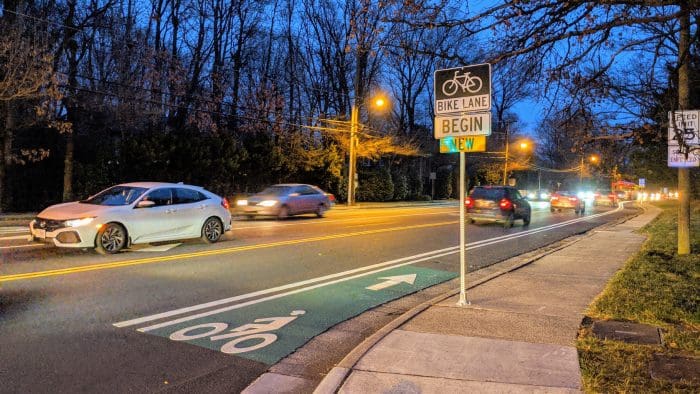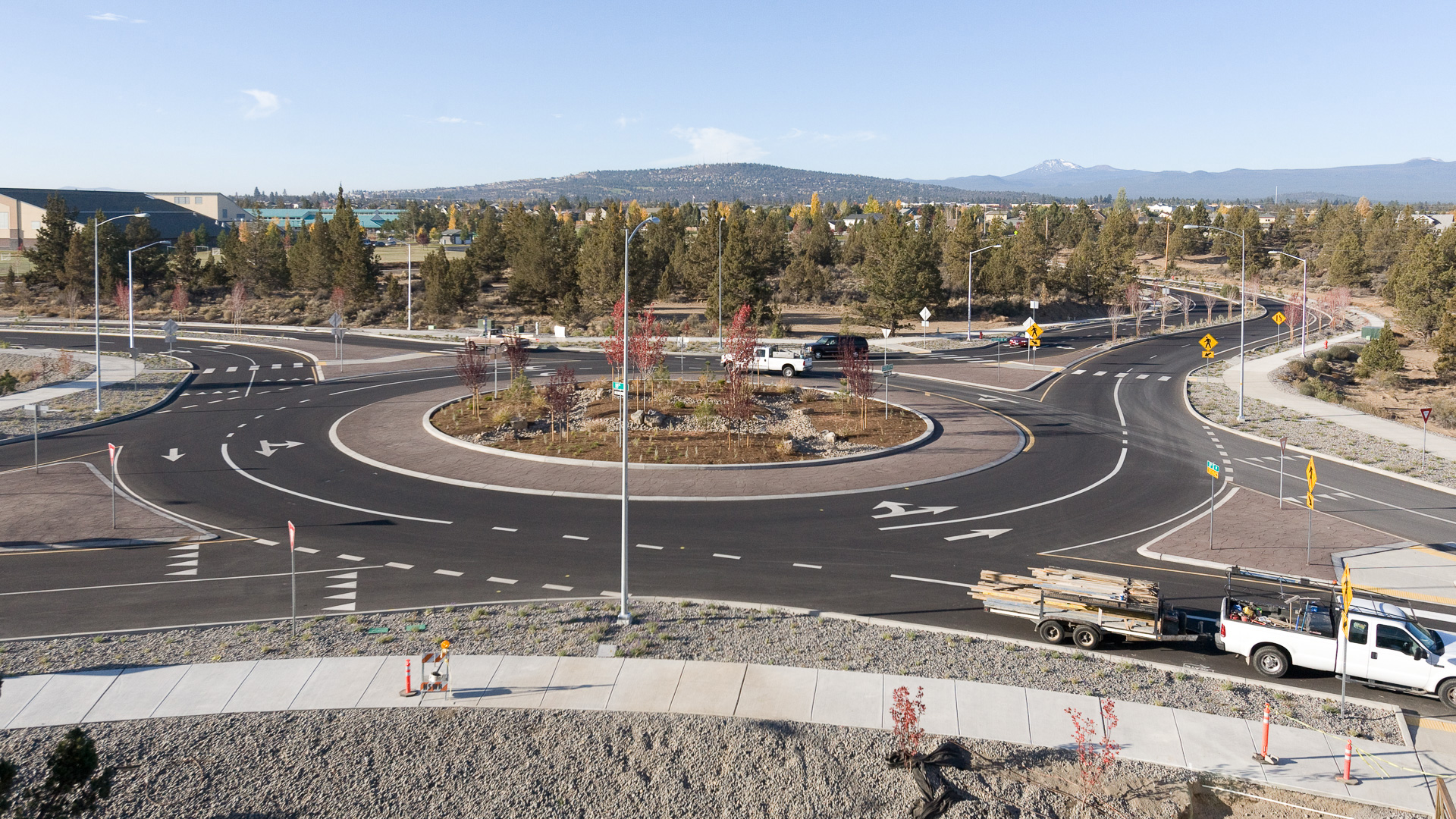Challenge
Seminary Road in the City of Alexandria, Virginia was slated to be repaved in 2019. As a key corridor in the City’s transportation network, the City’s Transportation Master Plan identified the need for pedestrian and bicycle improvements to ensure the safety, mobility, and accessibility for all roadway users. Data analysis conducted through the Vision Zero Action Plan showed that Seminary Road was a corridor with a high number of serious injury and fatal crashes, which supported a case for reorganization of the roadway. Without taking advantage of this opportunity to reconfigure the roadway at the time of repaving, the City may not have had the opportunity to modify the roadway for another 20 years.
Solution
Kittelson worked with the City of Alexandria to analyze alternatives and perform the traffic analyses, and develop lane configuration and signal timing options. The designs and analysis prioritized more comfortable facilities for people walking and biking while reducing delays for people driving. The City Council voted to reorganize the roadway to include buffered bicycle lanes, more space between sidewalks and vehicles, new pedestrian crossings, and one travel lane in each direction with a center turn lane. After navigating intense community involvement with this effort, Kittelson prepared design plans for the corridor which were implemented less than six weeks after the Council’s decision.
The Outcome
Bringing a Complete Street on Seminary Road
After Seminary Road was reconfigured in Fall 2019, preliminary data collected prior to the onset of the COVID-19 pandemic showed travel times across the day were generally consistent with the prior roadway configuration, while walking and biking activity had increased along the roadway (Seminary Road Complete Streets Project).




